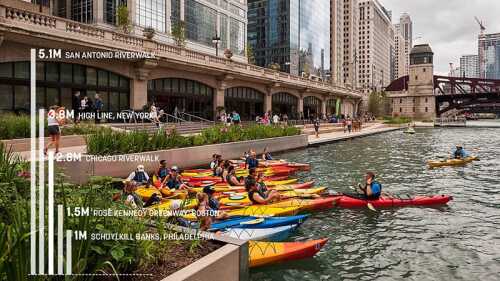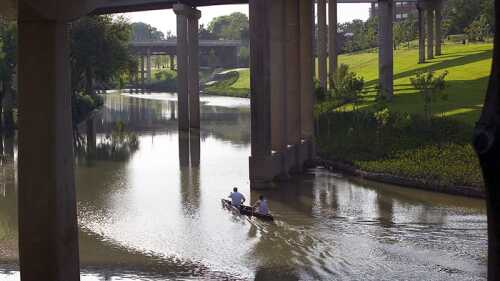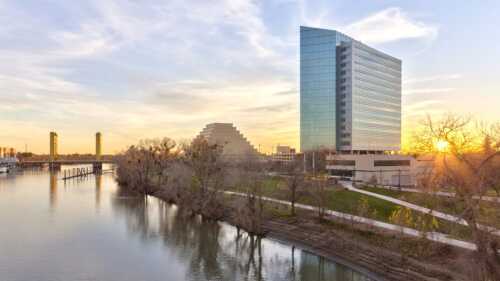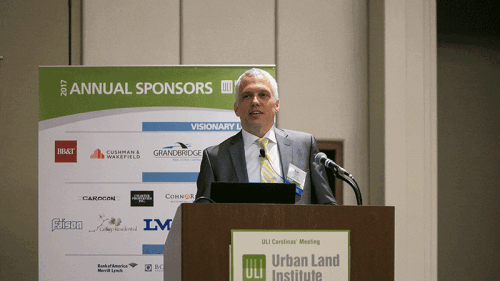Public Spaces
Since 2004, over $1 billion has been invested in redevelopment and new construction in downtown Cincinnati and the adjacent Over-the-Rhine neighborhood. Representatives from Erie, Pennsylvania; St. Louis; and Atlanta have visited the city in the last year to see how a combination of nonprofit redevelopment, historic preservation, land banking, and strategic acquisitions, funded by tax credits and corporate investments, have turned things around.
In many U.S. cities, the pressure to attract and retain workers and create a better quality of life coupled with the declining use of waterways for industrial purposes has made riverfront revitalization a cost-effective redevelopment strategy.
Across the United States, a number of cities are attempting to restore and rediscover their urban rivers. One of the most ambitious efforts is occurring in Houston, where Buffalo Bayou Park is undergoing a $58 million redevelopment to be completed this year.
Ten years ago, San Antonio’s bond program dedicated a mere $10 million to downtown improvements. By 2012, that number had jumped to $90 million, and the most recent bond initiative, passed in May, earmarks $170 million for downtown projects.
ULI Sacramento has long been engaged with the issue of revitalizing Sacramento’s riverfront. During a two-day program in March, strategies for success and lessons learned were shared by representatives from four U.S. cities that have created coherent waterfront development programs—Chattanooga, Louisville, Pittsburgh, and Spokane.
For a city with 10.2 million trees, Toronto has a surprising lack of green space in its core. Toronto Mayor John Tory wants to change that with a 21-acre (8.5 ha) signature park. ULI Toronto convened a panel of urban-park and public-realm experts from the United States and Europe to discuss successes and challenges related to legacy parks in their own cities and the achievements the city could build on while incorporating a number of best practices into its approach.
“The story of people can be told through infrastructure,” said author Ryan Gravel at the 2017 Carolinas Meeting in Charlotte. An urban planner by training, Gravel initially proposed the concept of the BeltLine in his Georgia Tech master’s thesis.
Standing out in the urban core of Miami, Wynwood Walls started as a collection of six privately owned warehouses whose exterior walls were transformed into an outdoor “museum of the streets” by visionary developer Tony Goldman. The Walls surround more than 1.5 acres (0.6 ha) of land—former parking lots and junkyards—that now provide multiple areas that the public can enjoy at no charge.
A $15 million redevelopment of Levy Park in Houston’s Upper Kirby District neighborhood southwest of downtown creates green space and placemaking for the growing city of Houston.
Even Amsterdam’s fairly modern sewage system and the ubiquitous canals and rivers are not likely to withstand the kind of intense rainfall Europe has recently experienced. Expanding the existing infrastructure to process ever-larger amounts of water is also not viable. The ultimate solution lies in a variety of measures ranging from very small ones, such as individuals putting water tanks in gardens, to larger projects like installing permeable surfaces in public spaces.








